Want to feel really good? Ask a first grader what they’re grateful for, and wait for the (beautiful, hysterical, simple) answer (“my family,” “toilet paper,” “me!”).
I’m on the board of our elementary school Parent Teacher Association (PTA), and last fall we were asked to support the school’s Title I Family Literacy Night—both with volunteers, and by providing an activity for families to enjoy together. While my fellow PTA members took on the job of recruiting volunteers, I offered to plan an activity that would tie together literacy and a prosocial value. Since the event was happening in November, I knew just the value to focus on: gratitude.
Gratitude is generally defined by researchers as a “feeling or state that results from both recognizing a good thing—and recognizing that this good thing came from outside ourselves.” Put more simply, “gratitude is when you feel thankful for the good things in your life, and appreciate the person or thing that helped make it happen.” And it turns out, there are many benefits—for both adults and children—from experiencing gratitude!
There are lots of opportunities to practice gratitude at school, like writing a gratitude letter to the custodian who cleans up after everyone else goes home, or saying thank you to a classmate who showed kindness to a bully, or even in science class when thinking about climate change and recognizing the things we are grateful for in nature.
For this event, I wanted to focus on an activity that 1) introduced the concept of gratitude and some of its benefits, 2) encouraged families to get a little deeper into what gratitude looks like in practice through the use of books, and 3) allowed everyone to really practice gratitude by sharing something they were grateful for.
Here’s how I set up the activity:
1. Provided an accessible definition of gratitude and some evidence about why gratitude is good for all of us.
I made a few tabletop displays with gratitude definitions and a list of benefits. It was helpful to provide some examples of things that people might be grateful for—even just hearing those examples inspired kids to spontaneously share things that they were grateful for.


Definition and examples of gratitude Benefits of gratitude
2. Collected a diverse set of children’s books on gratitude and provided a space for families to read them at the event.
Reading fiction offers many benefits, including helping us to better understand other people and encouraging us to behave in more prosocial (kind and helpful) ways.
The books I shared were all geared towards lower elementary levels for ease of reading at our event. If you are looking for materials aimed at older students, check out this collection of gratitude practices for tweens and teens.
Here are some great gratitude-themed picture books you could share. Look for them at your local or school library!

The Thank You Book, by Mo Willems
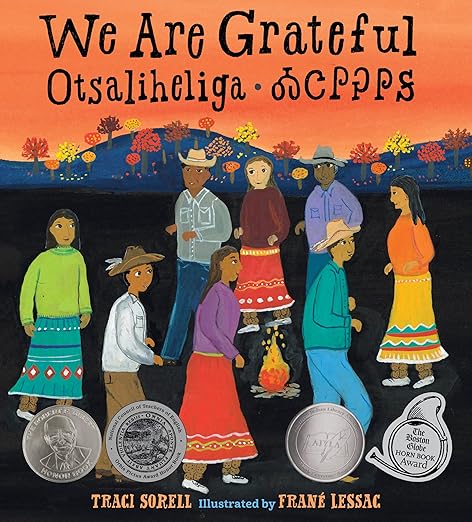
We Are Grateful: Otsaliheliga, by Traci Sorrell

Even Robots Can Be Thankful, by Jan Thomas
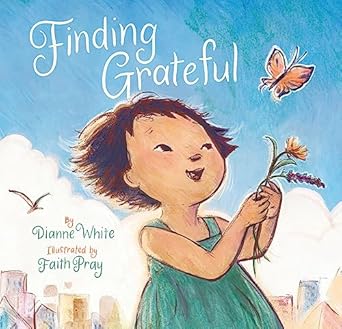
Finding Grateful, by Dianne White

Thank You Earth, by April Pulley Sayre

Thankful, by Elaine Vickers
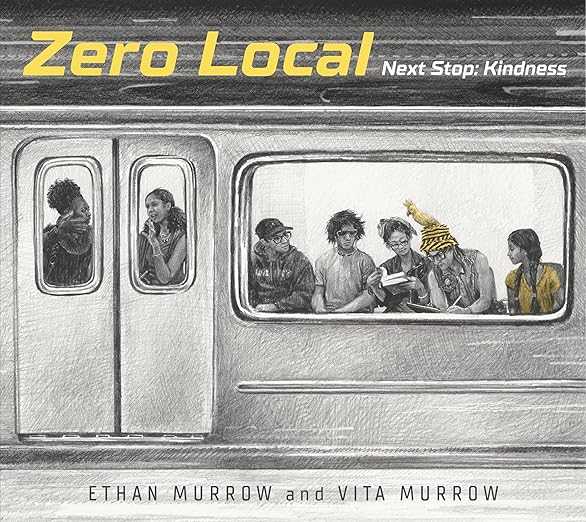
Zero Local, Ethan Murrow
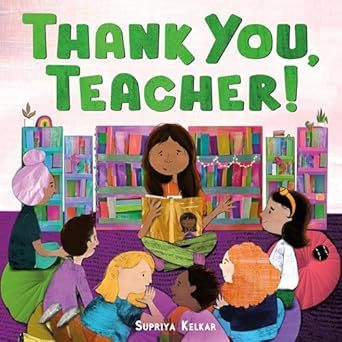
Thank You, Teacher! by Supriya Kelkar
3. Asked students, families, and teachers to share an expression of gratitude on a school Gratitude Tree.
We encouraged everyone to think about something they’re grateful for—and shared some prompts like, “Name one person at school who helps you learn,” “What is your favorite thing about home?” or “Describe a time when someone was kind or helped you.” Then, they wrote their gratitude on a construction paper leaf. The next week, we hung them up on a “tree” in the hallway (and encouraged classrooms to keep thinking about and adding their gratitudes for the rest of the month!)


Gratitude tree base and sampling of leaves
Overall, the activity was a success! It required few materials or instructions, was accessible for all grade levels at our elementary school, and encouraged some great conversations between students and teachers, parents and peers. Additionally, staff members shared with me the warmth they felt walking down the hall and seeing their name on a leaf, or noticing how many students were grateful for their teachers—a staff morale booster, for sure. This is a great activity to offer at a literacy night, like the one I attended, or as part of your language arts curriculum.

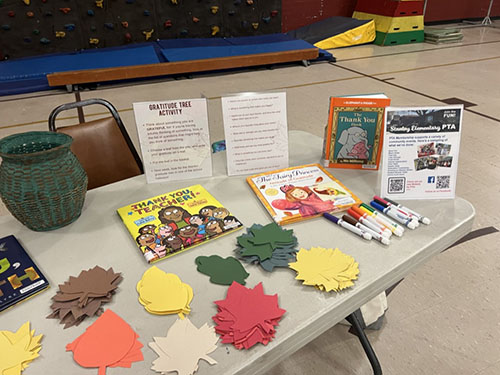
Activity set-up the night of the event
Take It Deeper
- Read about how schools in Hawaii practiced more gratitude—and in the process created more welcoming school communities!
- Try a gratitude practice with colleagues! Start an upcoming meeting by giving time for staff members to say “thank you” to each other for kind and thoughtful acts over the past week.
- Not sure how to start practicing gratitude? Listen to this five-minute Happiness Break, where psychologist Dacher Keltner guides listeners through a practice that can help us see the good things in life that we might otherwise overlook.

Are you ready to build a kinder, happier school where everyone belongs? Join Greater Good Educators! Explore the science of well-being in a supportive community of educators from around the world. Registration is now open for the 2025-2026 school year!


